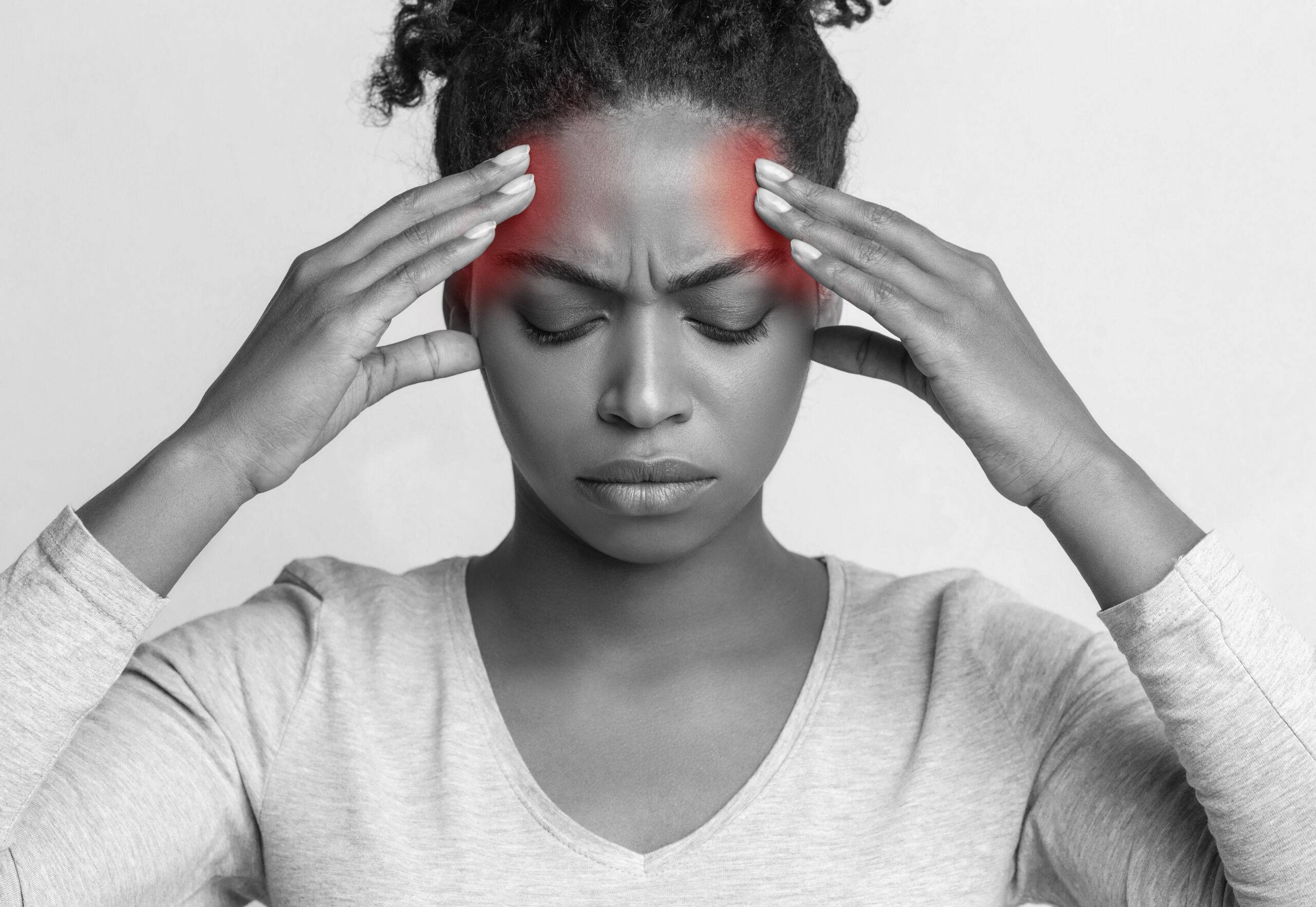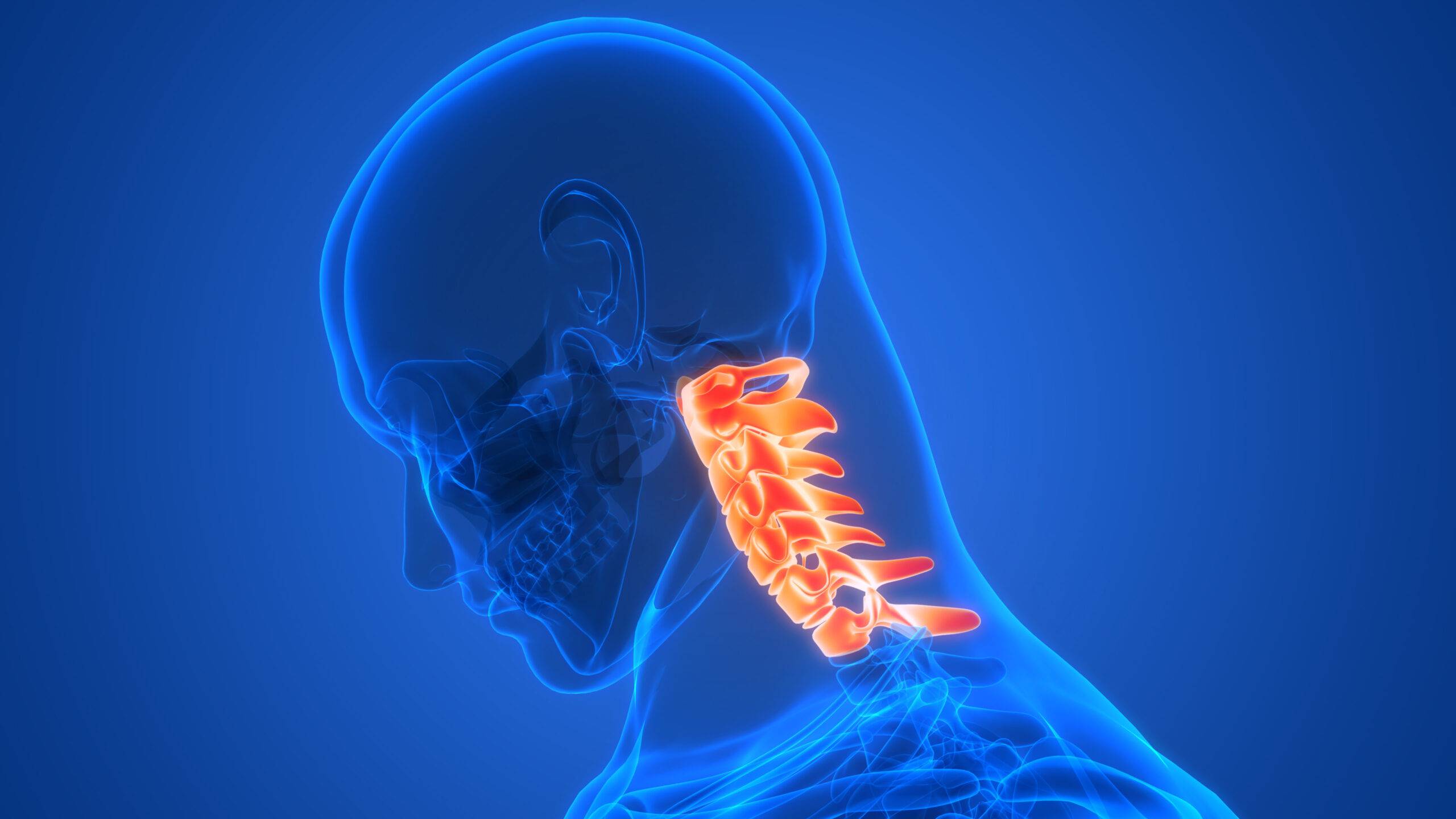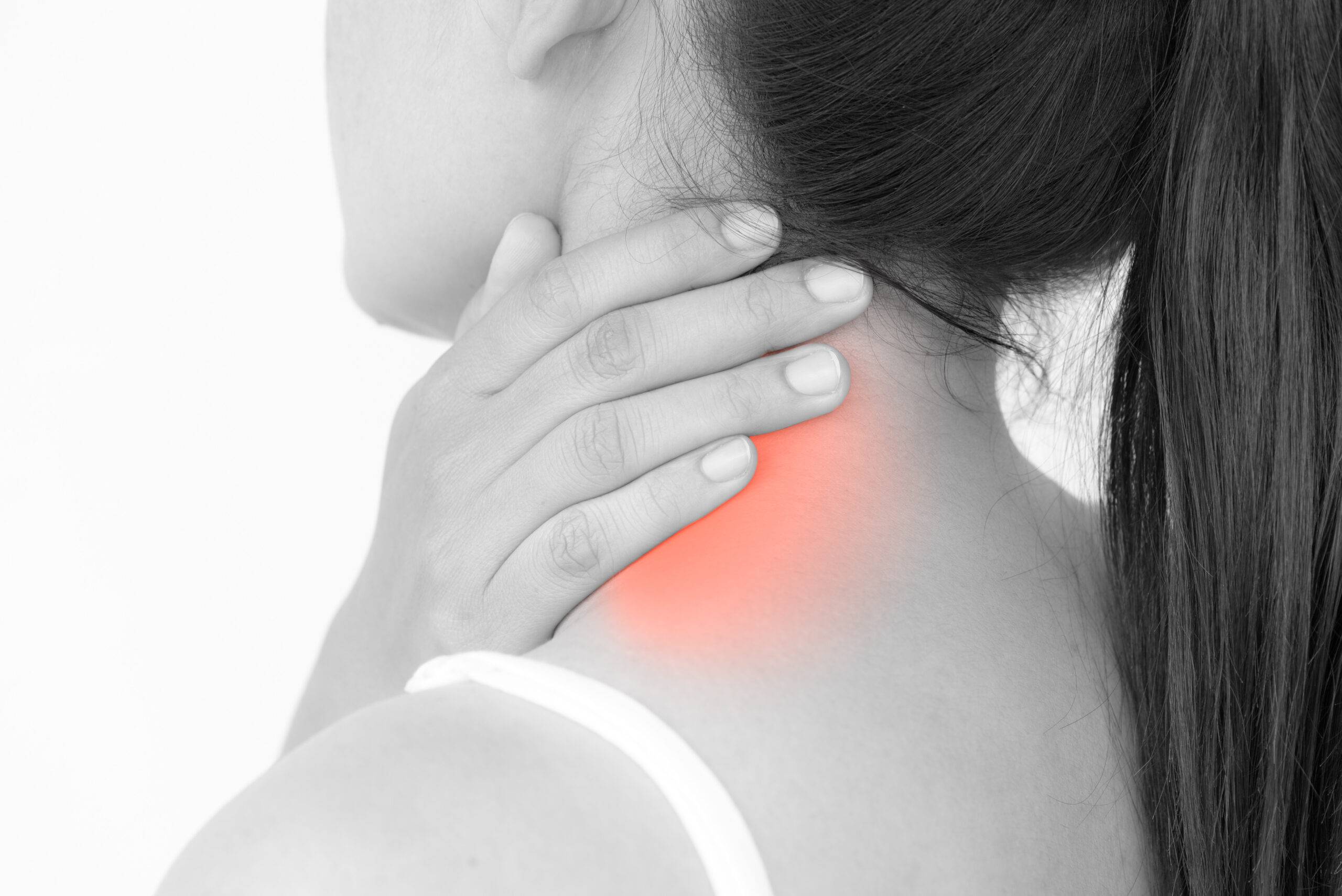By Dr. Liam Johnston, DC
5 Minute Read
The summer is coming to an end, and whether you are a student heading back to school or getting back into the work grind after taking some time off in late August, September can be a stressful time of the year. A consequence of this added stress can be the onset of headaches. Headaches are a widespread issue affecting millions globally, yet their causes, manifestations, and treatments can vary greatly. Among the different types of headaches, cervicogenic, tension-type, and migraine headaches are particularly common, each with its own set of symptoms and underlying mechanisms. Seeking a healthcare professional such as a chiropractor, physiotherapist or massage therapist can be valuable treatment options for managing and alleviating these headaches.
Before getting into the specifics of these common types of headaches, I wanted to address some of the misconceptions about headaches that may lead people away from seeking care from certain healthcare disciplines. The onset of a headache can be scary at times and can seem as though there is a serious health concern which requires a visit to the emergency room or family physician. Yes, headaches at times can indicate an underlying health issue, but in the vast majority of cases, they are related to the cervical spine or musculature in the neck. Another common misconception is that headaches can only be treated with pharmaceutical products, such as Tylenol/Advil. Again, at times, these over-the-counter medications can help with headache symptoms, however addressing the root cause of the headache and finding out the specific triggers of the headache offers much more efficient and longer lasting relief of the problem. Lastly, individuals with long lasting, chronic headaches start to think that their headaches are just a part of their regular life and just deal with it. Just because you have dealt with an issue for a long time doesn’t mean you have to continue living in pain! There are many different treatment options, along with education on lifestyle changes that can at the least help decrease the frequency and intensity of your headaches. Now let’s delve into the nature of cervicogenic, tension-type, and migraine headaches and explore how manual care interventions can provide effective and quick relief of headaches!

Cervicogenic Headaches
Cervicogenic headaches are secondary headaches, meaning they are caused by another underlying condition—in this case, issues related to the cervical spine (and the surrounding structures in the neck). These include vertebrae, discs, muscles, fascia (connective tissue), joints and ligaments. Cervicogenic headaches typically present with pain on one side of the head (unilateral), though it can sometimes be bilateral. The pain may radiate from the upper neck to the forehead, temple, or behind the eye. Other symptoms include:
- Neck Pain and Stiffness: Pain in the neck is usually a key feature, and it often accompanies the headache.
- Restricted Neck Movement: A limited or decreased cervical range of motion, either in flexion, extension, lateral flexion or rotation is almost always present.
- Trigger Points: Certain neck movements or postures may trigger or worsen the headache.
Here are some of the treatment options available for this Cervicogenic headaches:
- Soft Tissue Therapy: Techniques such as massage, myofascial release or Active Release Techniques®, trigger point therapy, and acupuncture/dry needling can help relax tight muscles in the neck and upper back. This can alleviate muscle tension that contributes to cervicogenic headaches.
- Joint Manipulation: Chiropractors perform manual manipulation (also referred to as adjustments) to correct misalignments in the cervical spine and restore proper joint mobility. These adjustments can help relieve pressure and improve spinal function, which can reduce headache frequency and severity.
- Postural Rehabilitation: Assessing and correcting poor posture that may be putting strain on the cervical spine. Healthcare providers provide guidance on ergonomics and effective exercises to improve posture, which can prevent future headaches.
- Home Exercises: Exercise prescription to strengthen neck muscles and improve flexibility can help to reduce the likelihood of headaches caused by muscle strain or poor posture.

Tension-Type Headaches
Tension-type headaches are the most common type of headache, affecting a significant portion of the population at some point in their lives. They are often described as a dull, aching pain or a sensation of pressure around the head, typically on both sides. The pain associated with tension-type headaches is usually bilateral and can range from mild to moderate in intensity. Key symptoms include:
- Pressure or tightness: A sensation of tightness or pressure, often described as a band around the forehead or temples.
- Dull pain: The pain is generally steady and non-pulsating.
- No accompanying symptoms: Unlike migraines, tension-type headaches do not usually come with nausea, vomiting, or visual disturbances.
The treatment for tension-type headaches is similar to that for cervicogenic headaches, but it is not as related to posture or alignment, and more reliant on finding the underlying cause of the muscular tension through the cervical spine. Treatment may include soft tissue therapies, muscle relaxation techniques, stress management, an ergonomic assessment, and other therapeutic strategies.

Migraine Headaches
Migraines are a neurological condition characterized by intense, often debilitating headaches. They are different from other headache types due to their specific symptoms and triggers. Migraines can be severe and are typically accompanied by additional symptoms such as nausea, vomiting, and sensitivity to light and sound. Migraine headaches are often unilateral (affecting one side of the head) and can last from a few hours to several days. Key features include:
- Aura: Some people experience an aura before the headache, which can include visual disturbances like flashing lights, blind spots, or other sensory changes.
- Throbbing pain: The pain is usually intense and throbbing, often on one side of the head.
- Nausea and vomiting: Many individuals with migraines experience gastrointestinal symptoms.
- Sensitivity: Increased sensitivity to light, sound, and sometimes smells.
While migraines have complex etiologies involving genetic and environmental factors, physical therapy and treatment can still play a significant role in managing and reducing their frequency and severity. These include trigger point therapy, which is the application of pressure or acupuncture needles to specific points in the muscle to relieve pain and reduce muscle spasms, lifestyle and dietary analysis/recommendations, and in some cases, supportive or maintenance treatment, where intermittent manual therapy can help maintain spinal health and address underlying issues that might contribute to migraine development.

Overall, headaches are complex issues that are very patient specific and unfortunately in some cases, can be detrimental to your quality of life. However, there are ways to help! At Active Approach, we will conduct a thorough evaluation of your health history, headache patterns, and lifestyle factors to understand the underlying causes and triggers of the headaches. Based on the assessment, we will develop a personalized treatment plan that may include soft tissue therapy, joint manipulation, acupuncture/dry needling, posture correction/exercise prescription, and lifestyle advice. Working in conjunction with our massage therapists offers patients additional access to different management of headaches that can be very beneficial for relief of headaches. As stated earlier, Headaches can be a sign of a more serious underlying health issue, and that is why it is even more important to have a thorough history and physical assessment to ascertain whether your headache is a Musckulo-Skeletal issue or something more serious. Booking an initial assessment at Active Approach ensures that you will find the underlying cause of your headaches and will make sure you are receiving the proper care and treatment based on the source of your headache.

